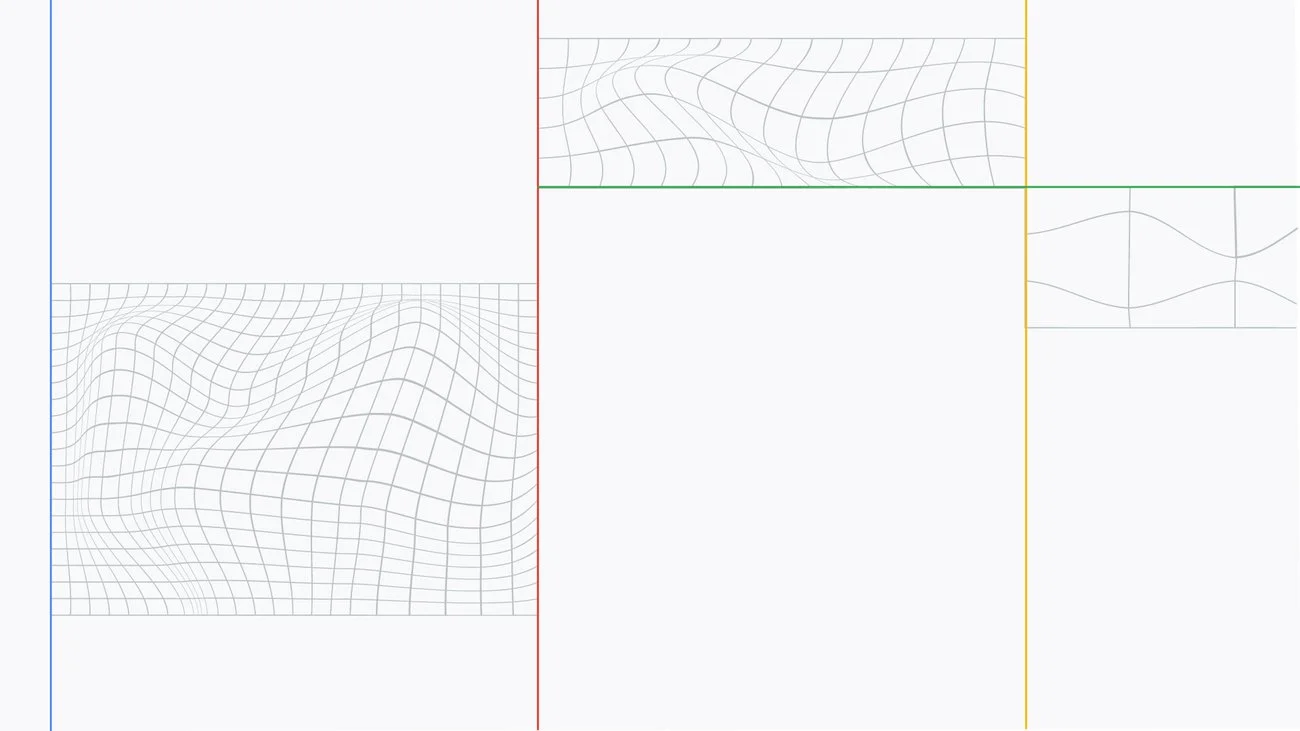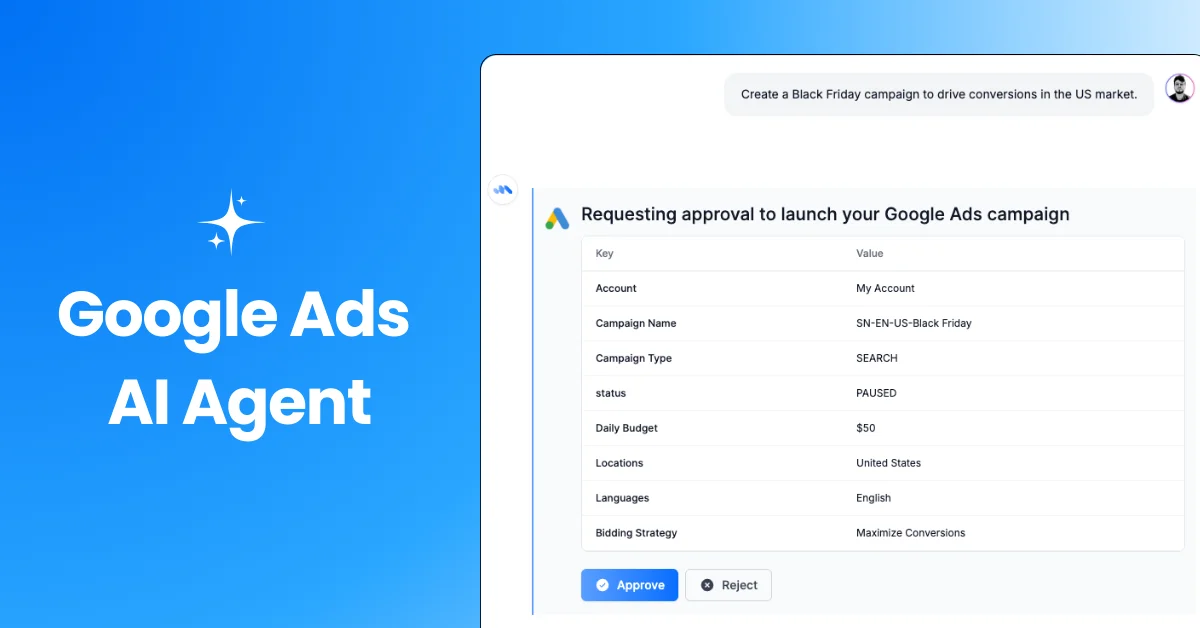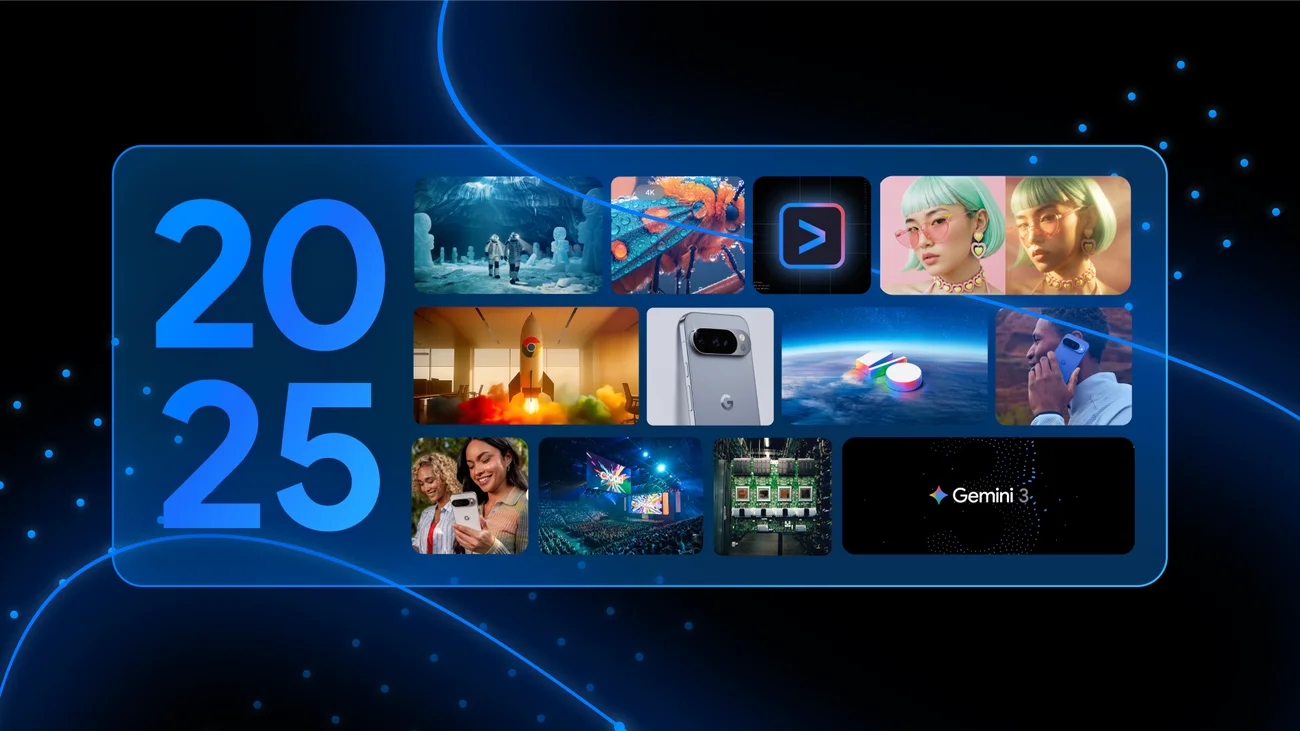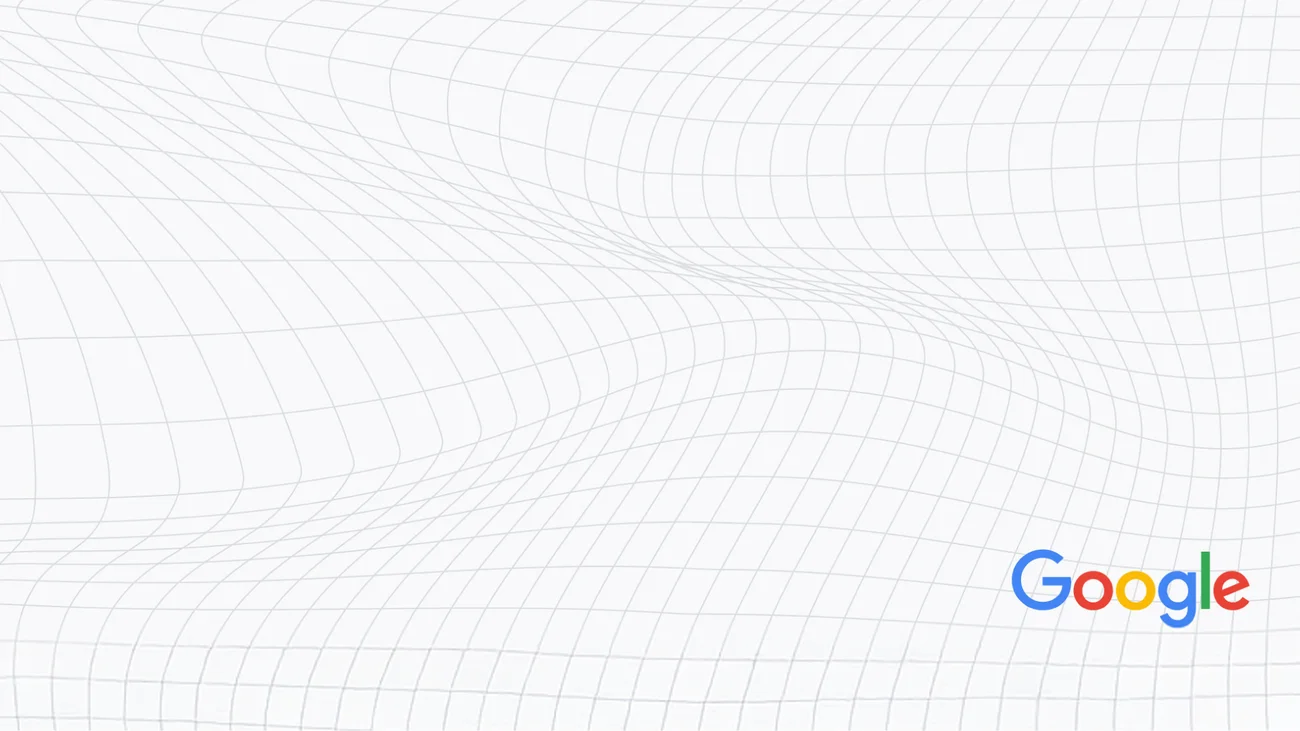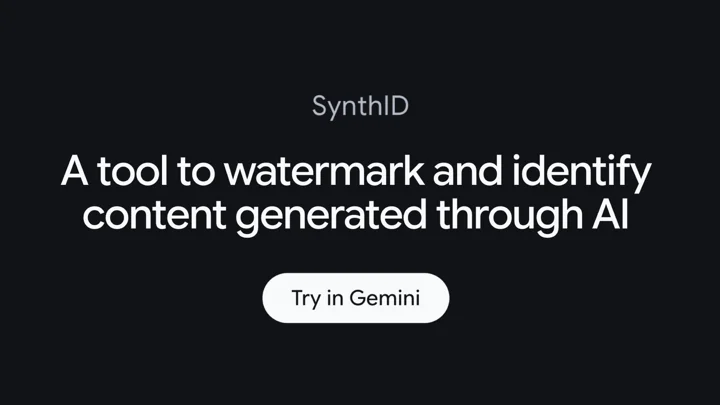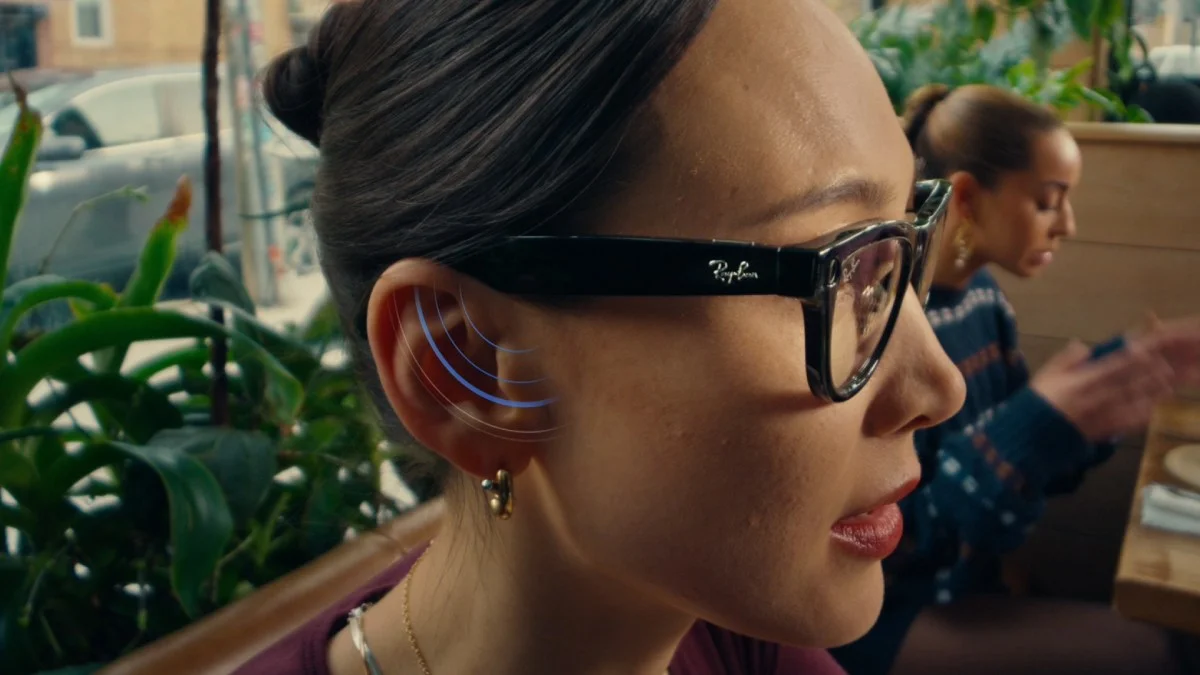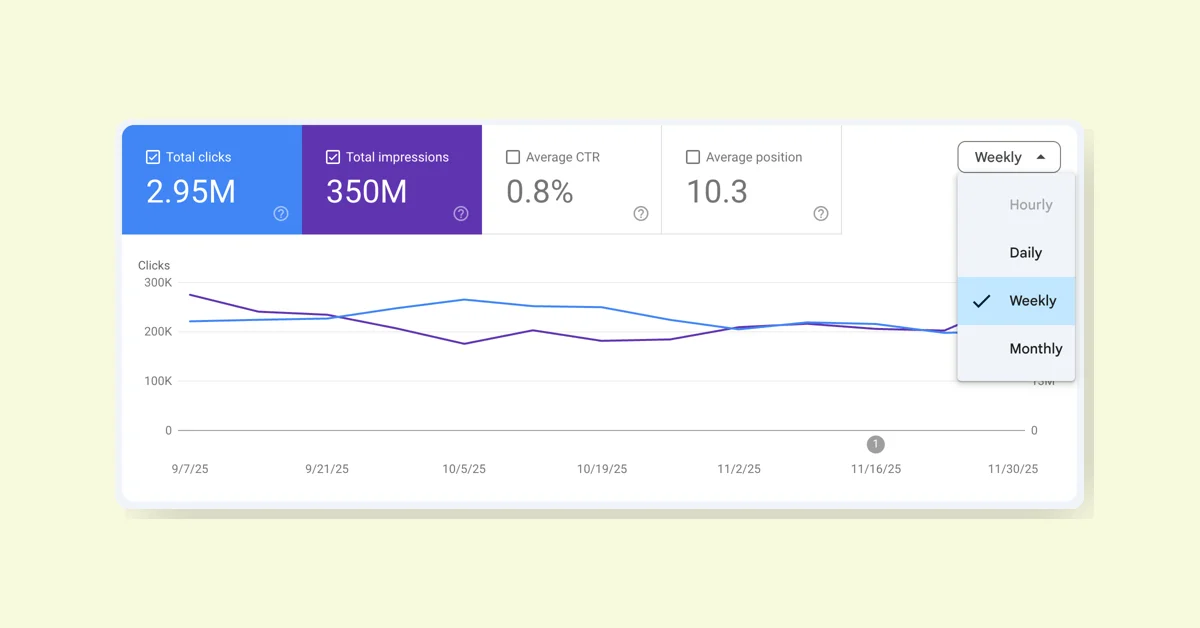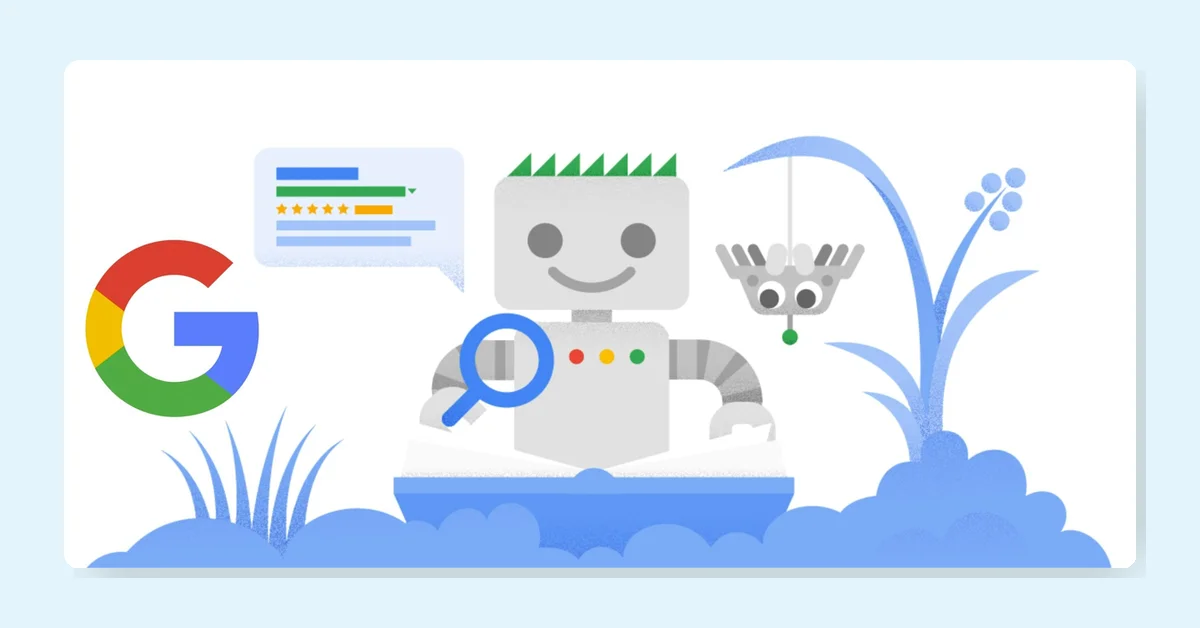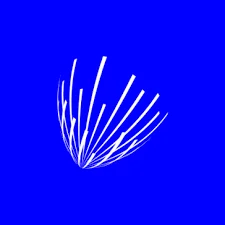Google has announced significant steps to improve transparency around AI-generated and AI-edited images in its search results. These changes, set to roll out in the coming months, aim to help users better understand the origin and modification history of online content.
Key Updates:
AI Content Flagging in Search:
- Google will flag AI-generated and AI-edited images in the "About this image" feature.
- This will be implemented across Google Search, Google Lens, and Circle to Search on Android.
C2PA Integration:
- Google has joined the Coalition for Content Provenance and Authenticity (C2PA) as a steering committee member.
- The company is implementing C2PA's Content Credentials 2.1 standard, which offers enhanced security against tampering.
Product-Specific Implementations:
- Search: "About this image" feature will display C2PA metadata for AI-created or edited images.
- Ads: Ad systems are beginning to integrate C2PA metadata to inform policy enforcement.
- YouTube: Exploring ways to relay C2PA information for camera-captured content.
Trust List Validation:
- Google will validate content against the forthcoming C2PA Trust list to confirm content origin.
Broader AI Transparency Efforts:
- Continued development of SynthID, an embedded watermarking technology for AI-generated content.
- Participation in various AI safety coalitions and research groups.
- Progress on voluntary commitments made at the White House regarding AI development.
Industry Implications:
Google's move reflects a growing industry trend towards greater transparency in AI-generated content. By implementing these changes, Google aims to:
- Enhance user trust in search results
- Promote media literacy
- Establish standards for content provenance across the digital landscape
The company emphasizes that while there's no universal solution for all online content, collaboration within the industry is crucial for developing sustainable and interoperable solutions.
As these features roll out, users can expect more detailed information about the images they encounter online, potentially changing how they interact with and interpret visual content in search results and across Google's platforms.
